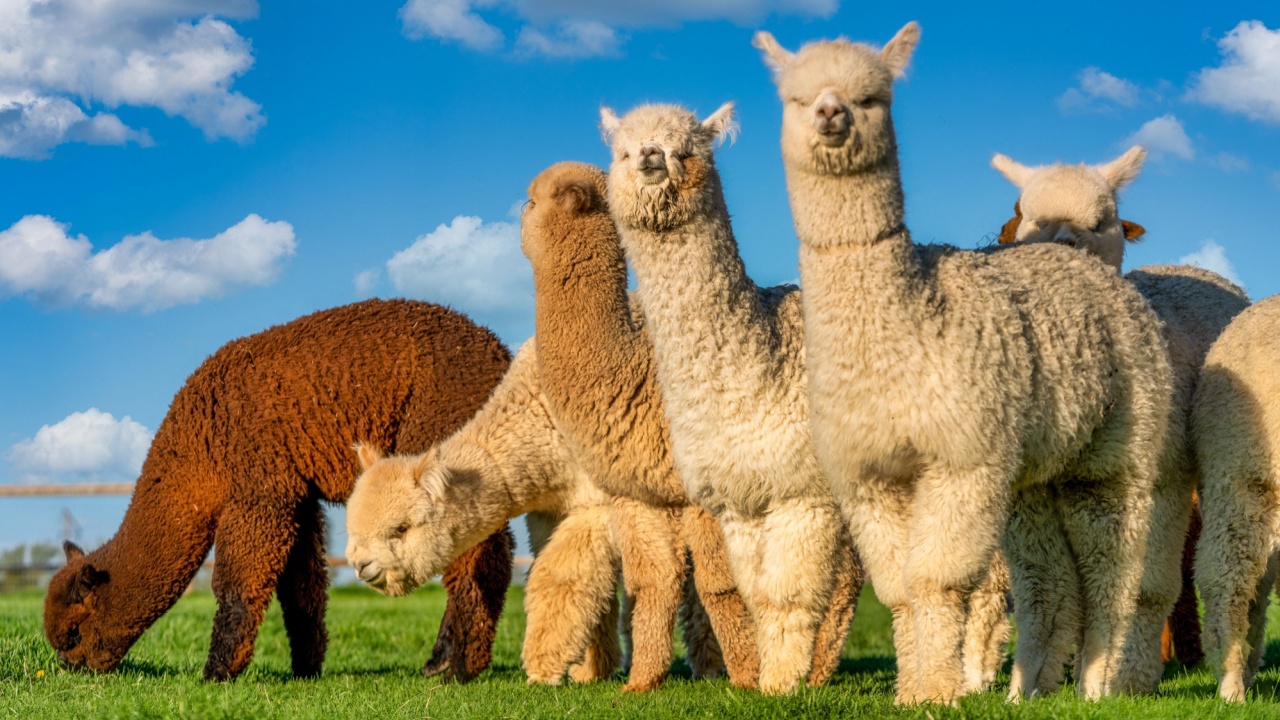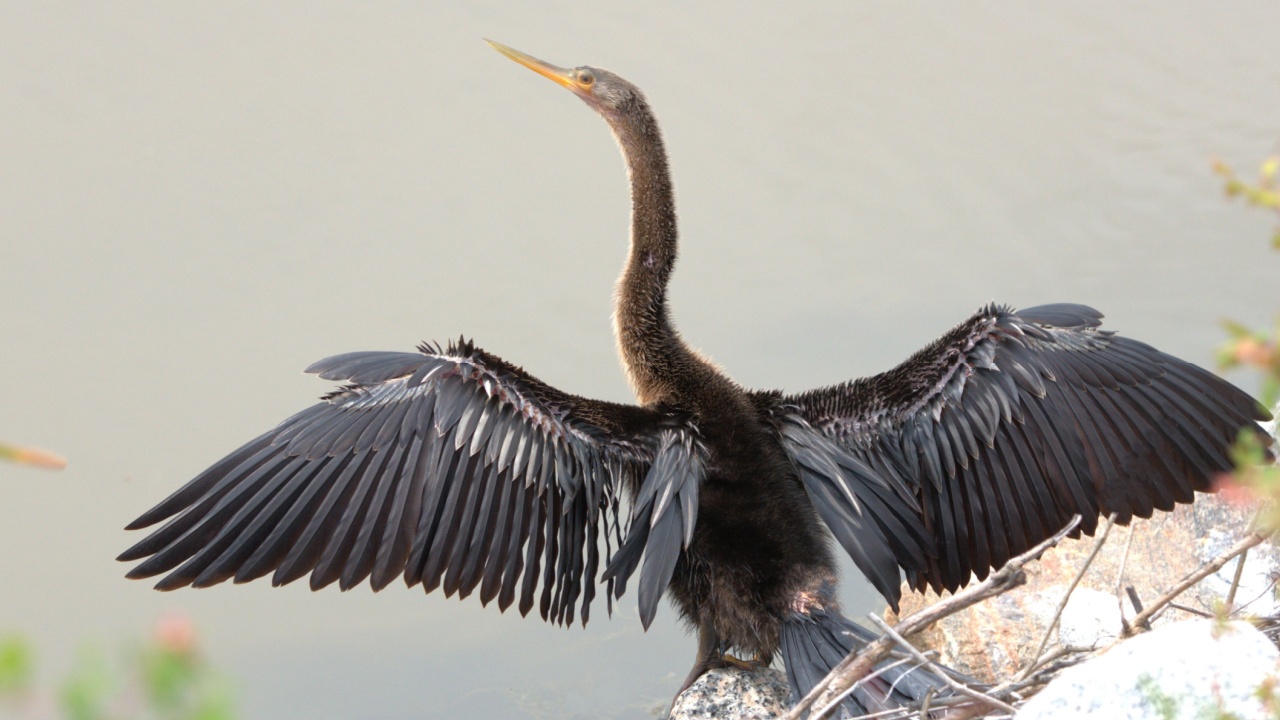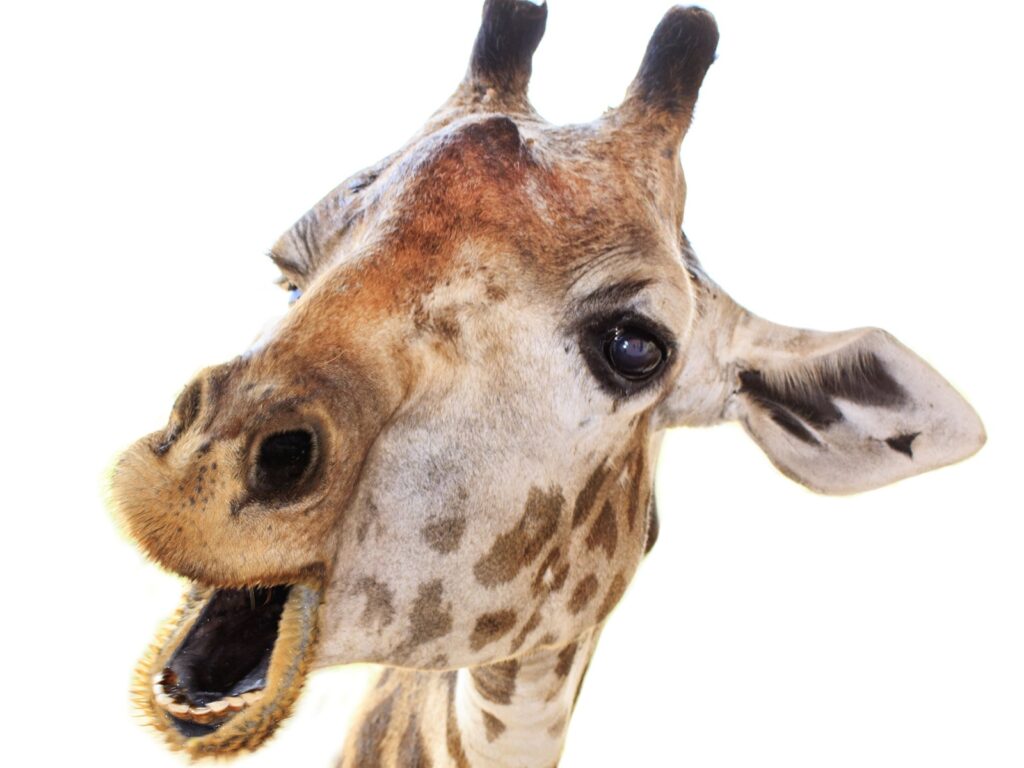In the animal kingdom, a long neck isn’t just a matter of appearance—it’s a fascinating adaptation that serves various survival purposes, from foraging to predator evasion. While the majestic giraffe is often the first creature that comes to mind when we think of long-necked animals, it is far from being the lone member of this exclusive club. This article delves into the world of animals that have turned their lengthy necks into a survival tool, captivating us with their unique evolutionary paths. Join us as we explore these remarkable creatures, each with its own story of adaptation and survival.
1. Giraffe

The giraffe stands tall as the epitome of long-necked animals. With necks that can stretch up to 6 feet in length, these gentle giants have become the symbol of evolution’s ingenuity. Their towering necks allow them to reach the tender leaves of tall trees, giving them access to a food source out of reach for other herbivores. Yet, this impressive trait isn’t just for feeding; it also provides a vantage point for spotting predators from afar, ensuring their survival in the African savannas.
2. Ostrich

Though not immediately recognized for their necks in comparison to their overall body size, ostriches possess long, powerful necks that serve several crucial functions. These large birds use their necks for scanning their surroundings for predators, showcasing a blend of might and awareness. Their necks also play a key role in their body temperature regulation, demonstrating nature’s multifaceted approach to design.
3. Swan

Swans grace our lakes and ponds with their elegant beauty, part of which is attributed to their long, curved necks. These birds use their necks to forage for aquatic plants, dipping below the water’s surface to reach food. Additionally, their necks play a significant role in their mating rituals, weaving together in a dance that strengthens pair bonds.
4. Alpaca

Alpacas, with their soft fur and friendly demeanor, also boast long necks that serve a practical purpose. Living in the rugged terrain of the Andes Mountains, their necks help them to keep a lookout for predators while grazing on the sparse vegetation. This adaptation is crucial for their survival in such a challenging environment.
5. Flamingo

The flamingo’s long, sinuous neck is instantly recognizable, complementing its striking pink hue. This distinctive neck allows flamingos to feed in shallow waters, sifting through mud with their beaks to find small fish, crustaceans, and algae. Their necks are essential for their unique feeding technique, which involves inverting their heads underwater.
6. Anhinga

Often called the “snakebird” for its slender, snake-like neck, the anhinga is an expert fisher. Its long neck strikes with lightning speed, spearing fish underwater. On land, it can be seen perched with its neck coiled, ready to uncoil at a moment’s notice—a perfect blend of beauty and lethality.
7. Camel

Camels, the ships of the desert, are equipped with long necks that help them reach leaves of trees and shrubs. This ability to feed on a variety of vegetation is crucial for their survival in arid environments. Furthermore, their necks assist in dissipating heat, a vital adaptation to their hot, desert habitats.
8. Whooping Crane

The whooping crane, one of North America’s most endangered birds, uses its elongated neck for foraging in the marshes and plains it calls home. This critical adaptation allows it to reach into deep waters for aquatic plants and animals. Their long necks also play a vital role in their elaborate courtship dances, which involve a series of elegant and synchronized movements.
9. Blue Heron

The great blue heron, with its statuesque pose and sharp gaze, uses its long neck for precision hunting, striking swiftly at fish and amphibians in the water. This remarkable adaptation allows it to thrive in a variety of watery environments, from freshwater ponds to saltwater marshes.
10. Llama

Closely related to the alpaca, llamas also boast long necks which are crucial for their survival in the Andean highlands. These versatile animals use their necks to browse on a variety of vegetation that other animals cannot reach, ensuring they get the nutrition they need to thrive. Additionally, their necks help them keep watch for predators in the open landscapes they inhabit.
Becky is a fervent wildlife enthusiast and pet care expert with a diploma in canine nutrition. Her love for animals stretches beyond the domestic, embracing the wild tapestry of global fauna. With over a decade of experience in animal welfare, Becky lends her expertise to OutlandishOwl through insightful articles, captivating wildlife information, and invaluable guidance on pet nutrition. Her work embodies a deep commitment to understanding the intricate lives of animals and a passion for educating others on sustaining natural habitats. Becky's hands-on conservation efforts and her knack for translating complex dietary science into practical pet feeding tips make her an indispensable voice for creatures great and small.




